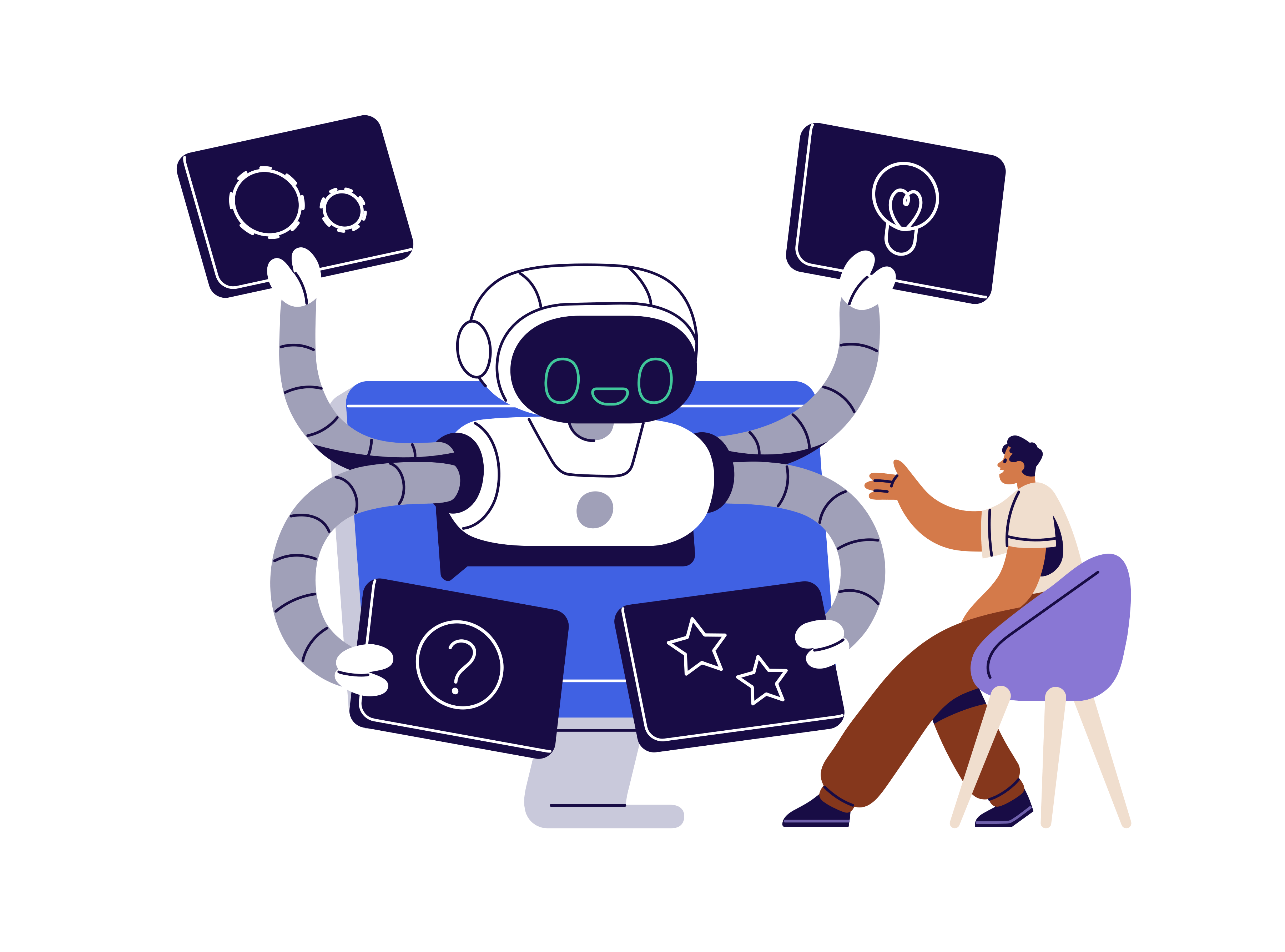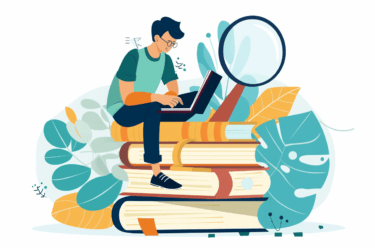Plagiarism checker is a tool designed to defend academic honesty and cultivate creative thinking. It informs teachers about alleged copying in the assignment and highlights for students the parts of the paper that need improvement. Advanced plagiarism detection tools catch not only copied but also machine-written content and produce comprehensive reports within seconds! How do they manage to do that? Let’s look into the latest plagiarism checking technology.
How plagiarism detection works
Top-notch originality checkers are generally based on the same concept. They compare the submitted paper to various sources and flag the similarities. What makes the difference is the algorithms each tool uses, the source databases they are equipped with, and the additional features they provide.
Plagiarism detection methods have been evolving from the String Matching approach, comparing the papers for exact text overlap, to Citation Analysis suitable for scientific texts. AI-based tools are cutting-edge solutions in the latest plagiarism checking technology development.
A reliable plagiarism-checking software like PlagiarismCheck.org constantly updates its analysis mechanics, improving the effectiveness of the ways the documents are compared. It takes the tool approximately 30 seconds to scan for similarities in text up to 20 pages long. Then, you get a report with links that lead to the sources where the matches have been detected.
Another point one should consider when choosing the similarity checker is the scope of the search. The more variety of resources are estimated, the more accurate results you get. PlagiarismCheck.org, for instance, provides deep Internet search and access to some paid resources. The tool analyses archived content and student submissions from various institutions, looks through scientific journals, and offers a customized database uploading the user’s resources for comparison.
AI-based plagiarism checkers
The AI-empowered tool goes deeper than basic text comparison to find exact matches. AI-based plagiarism checkers indicate intricate cases of copying when the words are replaced with synonyms and passive voice is used instead of active, or even when part of the text is translated from other languages.
PlagiarismCheck.org’s advanced AI-based algorithms recognize the following signs of alleged plagiarism:
- exact word-for-word matches;
- substituting words with synonyms;
- sentence structure rearrangement;
- blank symbols usage;
- changing sentence voice from active to passive and vice versa.
Furthermore, the innovative Fingerprint tool for Authorship Verification analyzes the student’s writing style and compares this data to the submitted papers, helping to prevent ghostwriting.
Tools to detect AI-generated content
Along with facilitating the studying and assignment-processing tasks, AI brings new challenges to learners and educators. The temptation to get the ready-for-submission text in one ChatGPT request may discourage students from polishing their writing skills and establishing creative thinking. Moreover, AI misuse threatens academic integrity, making ChatGPT and Bart Content identification essential for all educational institutions.
Distinguishing between AI-generated and human-created content is provided through machine-learning algorithms. The AI detector model is trained to identify patterns characteristic of machine and human writing. Measuring specific metrics, it makes conclusions based on
- the predictability analysis,
- randomness level,
- sentence structure,
- syntax peculiarities,
- grammar constructions,
- and other signs typical of AI or humans.
PlagiarismCheck.org AI Detector takes into account several parameters, including the perplexity level. As AI tends to be more predictable than human writers, the algorithm determines the probability of machine involvement based on the randomness of language usage and structure. Through checking numerous other parameters, the PlagiarismCheck.org AI detection tool reaches 97% results accuracy.
An AI-generated content detector can be used as part of the plagiarism-checking process to ensure the honesty of assignment evaluation and encourage the students to stay creative and think broader.
A modern plagiarism detector will change the way you work and express yourself! Join thousands of educators, students, and creators who trust PlagiarismCheck.org.








